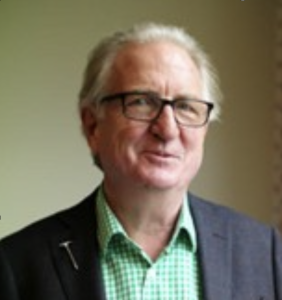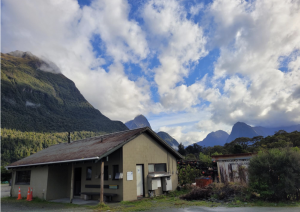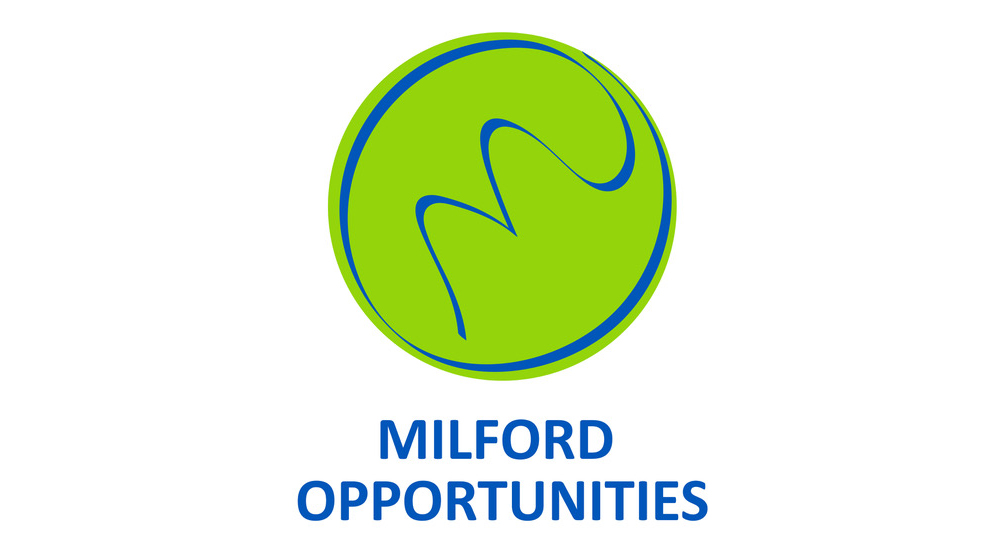Reflections from a new board member
After a visit to Piopiotahi earlier this month, tourism industry advisor Dave Bamford reflects on his observations and why he is excited about change.
I have long had a passion for better respect for, and management of, New Zealand’s national parks. During Covid I had written an essay pleading for improved tourism management in all of our national parks (see chapter 5 of 100% Pure Future). I am aware of the challenges and demanding logistics and expense for DOC and others to manage tourism infrastructure in such a remote, iconic and treasured national park.
I’ve had a real interest in the concept of Milford Opportunities Project since 2018. I was very surprised earlier this year, to be appointed to the Milford Opportunities Board by the respective ministers. It is good to join a seasoned board.
During 40 years of intermittent visits to Milford Sound Piopiotahi for work, tramping, mountain holidays or biking, as I did last summer, I wasn’t focused on the management of Milford Sound. I did feel it gets overcrowded, especially at peak hours during the day, and that the infrastructure, particularly wastewater management, was ageing.
For me, visiting Milford Sound Piopiotahi and the Milford corridor in early November, with Programme Director Chris Goddard and Heritage and Ngāi Tahu Partnership Workstream Lead John Twidle, was a chance to have a brief look at its complex management. I was troubled by some of what I saw.


